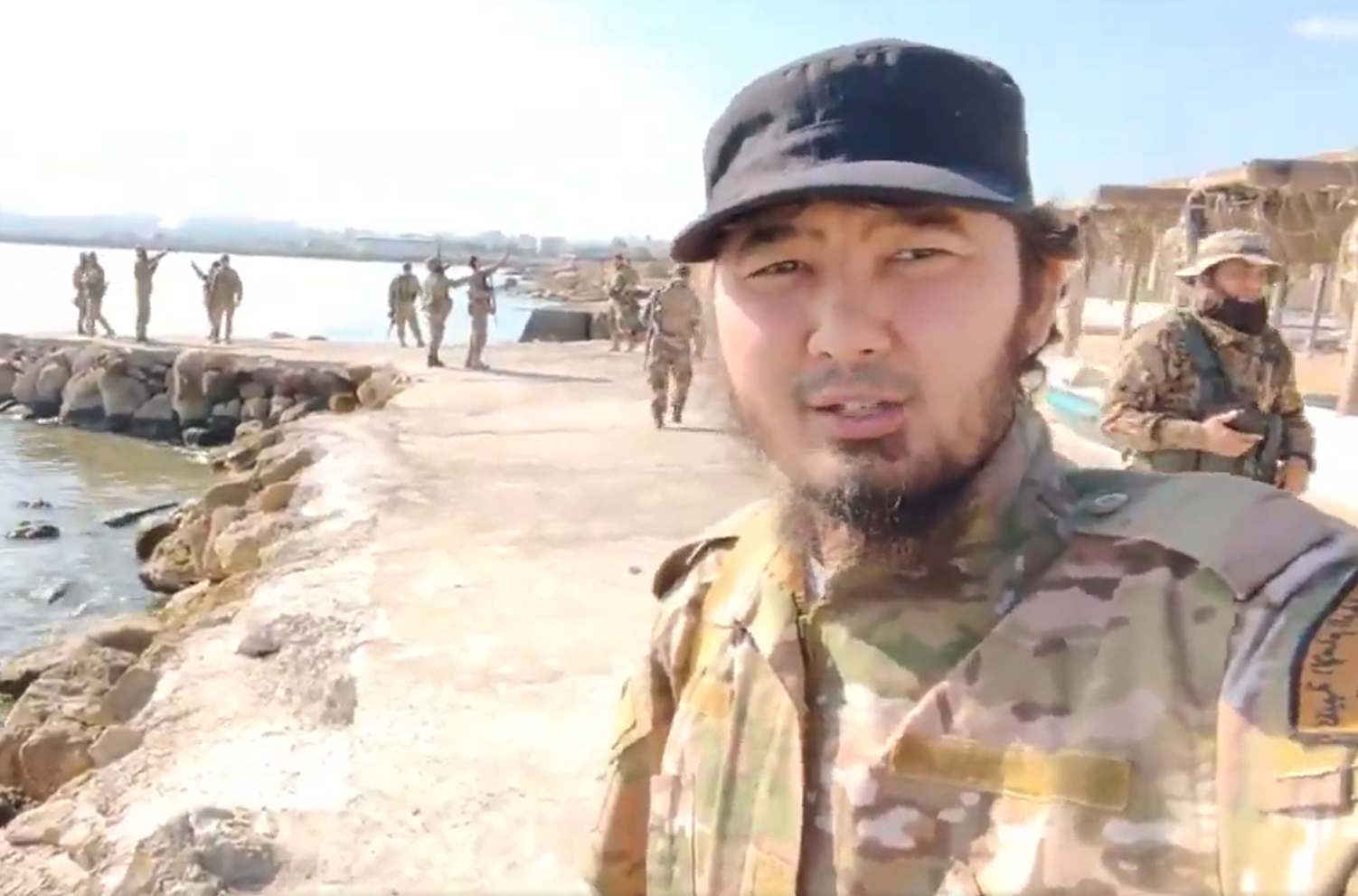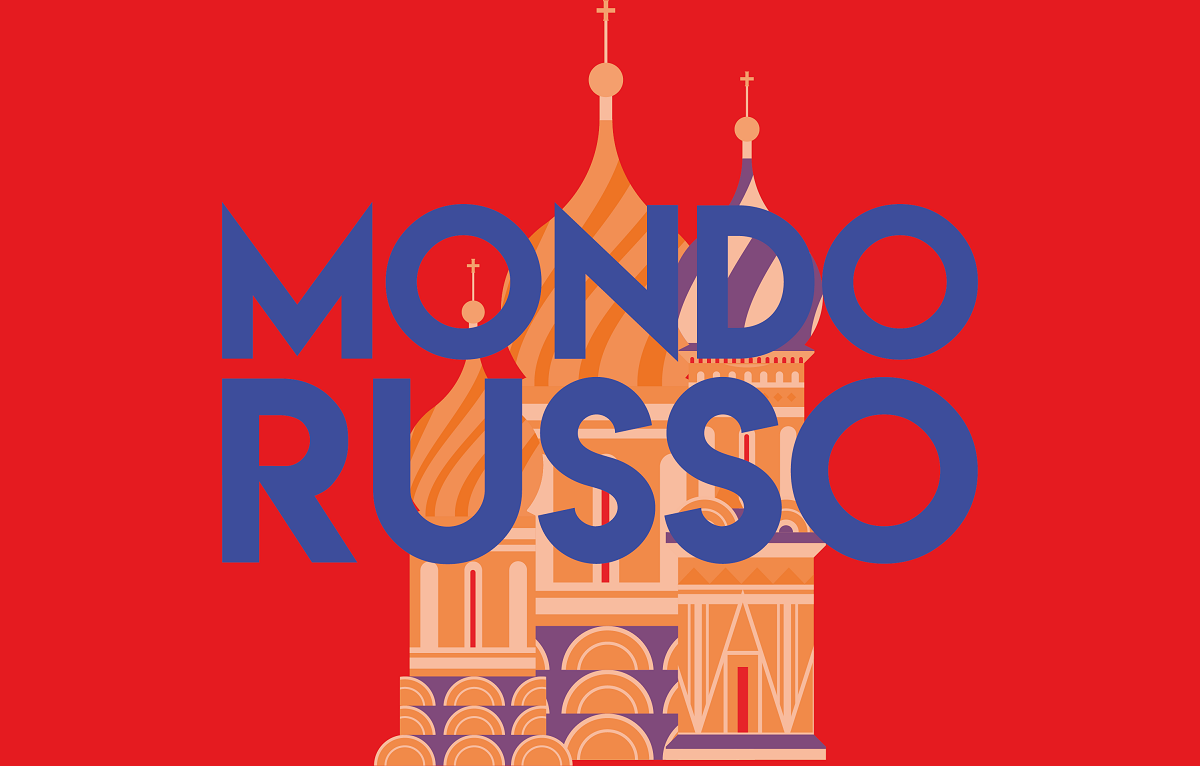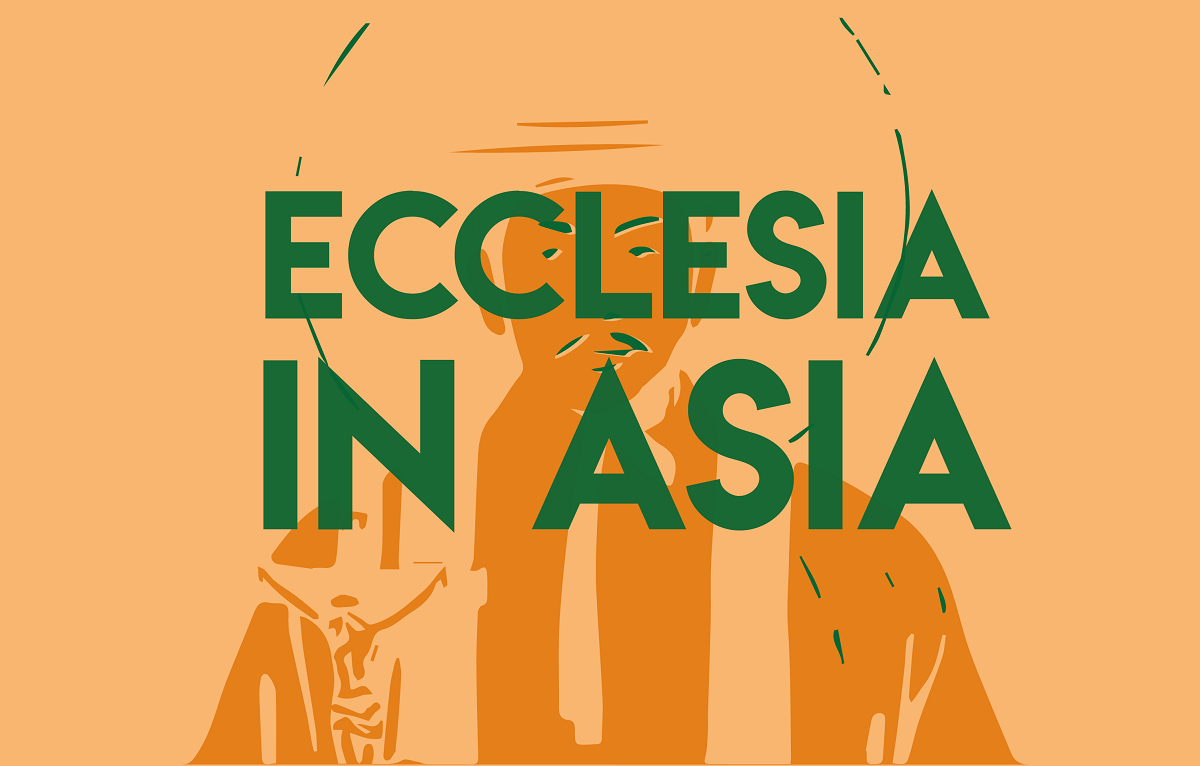The New Syria and Central Asia
In the city of Idlib alone, there are around 400 Tajiks, as well as an unknown number of Kyrgyz, Uzbeks and Kazakhs. Beyond the ‘moderate’ cover of who will form the new government, there is widespread fear in the Central Asian capitals that,Damascus could become the new centre of attraction for all forms of radical Islamism.
Dushanbe (AsiaNews) - The ousting of the Assad regime in Syria after fifty years of dictatorship, with the seizure of power by radical Islamic groups, also has considerable consequences for the countries of Central Asia, considering that hundreds of citizens of this region are part of the armies of Hay'at Tahrir ash-Sham, the movement that now commands Damascus.
Among them are hundreds of Tajiks, and a Radio Ozodi report sought some clarification of perspective from experts in Tajikistan, who fear a tendency for the more radical youth to join the Syrians in the formation of a global Islamic caliphate.
In so many years of authoritarian rule, Assad has failed to give credible answers to the expectations of his own people, diminishing repressive practices and instituting reforms that would allow for the development of the entire country, also integrating opponents.
Excessive dependence on external allies such as Russia and Iran, with groups linked to Tehran, led to a crisis as soon as the situation in these countries became complicated by the wars in Ukraine and Israel. Today, however, the question of Syria's future remains open.
It is unclear how the groups of the victors will divide up the slices of the power cake, the formation of the armies that have reduced the Assad regime to nothingness being in fact very composite.
The leader of Hay'at, Abu Muhammad al-Jolani, is presented as the main figure in the entire galaxy of the many ‘Islamic organisations’ that control much of the Syrian territory, where sectors of the Kurdish armed forces also remain, confronting Turkey's enemies. Many experts fear a situation of permanent chaos, and a division of territories similar to those in Libya or Iraq.
According to Tajik expert Kosim Bekmukhammad, taking into account the relations of many of these groups with the intelligence services of various countries, ‘the stability of the country is the last thing that can be expected’, and one would not be surprised by a resurgence of Isis, al-Qaeda, al-Nusra Front or other formations, each of which will try to take a sector of the country.
‘There are many parties trying to pull on the side of their own interests,’ Kosim notes, ‘as is already evident from the actions of Israel, which bombs Syrian facilities that could cause problems tomorrow. Turkey is also trying to come to terms with the Kurds once and for all.
Radio Ozodi shows the many messages in which citizens of Central Asia are praising the ‘common victory in Syria’, and in the city of Idlib alone there are about 400 Tajiks, as well as an unknown number of Kyrgyz, Uzbeks and Kazakhs.
An expert on religious affairs, Makhrambek Makhrambekov, states that ‘the hundreds of people from our parts who flank Islamists in Syria could attract many people, creating propaganda centres that could have unpredictable effects, especially among the young’.
Syria would thus become, beyond the ‘moderate’ covers of whoever will form the new government, the new centre of attraction for all forms of radical Islamism.
The roots of the Hay'at group itself go back to Al-Qaeda, and according to another expert in the fight against extremism, Rustam Azizi, ‘in the ever-widening space of information and communication, these ideological tendencies multiply very quickly’.
Many observers agree that the threat of this concentration in Syria is much greater than that of the Taliban in Afghanistan, who are committed on their own territory to building their own radical Islamic Emirate, while Syria is projecting itself onto the global dimensions of the Caliphate, an ideal that is much more attractive to Central Asians in particular, and to many extremists from all over the world.







.png)










